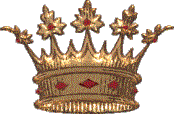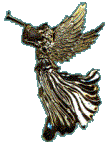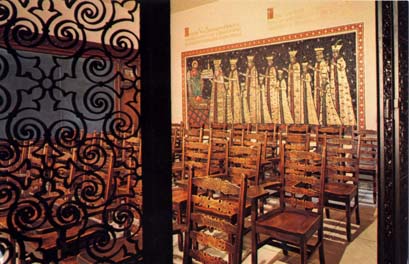
The Romanian Classroom




"The books I have read were
composed by generations of fathers and sons, mothers and daughters, teachers and
disciples. I am the sum total of their experiences, and so are you.
Elie Wiesel (1928-____) Romanian-U.S. novelist
In "Parade."
The atmosphere of this classroom reflects the sumptuous tranquility of a Romanian Orthodox church.
The monumental stone doorway is inspired by the entrance to Hurezi, a 17th-century Romanian monastery. It is carved with floral arabesques and a quotation form Vasile Alecsandri, one of the nation's greatest poets: "The Romanian is like the mighty rock which amidst the waves of the stormy and majestic sea forever remains unmoved."
A glowing mosaic by Nora Steriade, patterned after ancient Byzantine frescoes, commemorates the martyrdom of Prince Brancoveanu and members of his family in 1714. A delicate wrought-iron screen separates the bay area from the room, forming a protected alcove in which an icon is displayed on special occasions.
Oak frames around the blackboards are paneled and carved in the manner of an Orthodox church iconostasis. Framed in Wrought iron, original icons representing Virgin and Child, Apostle Mark, the Dormition of the Virgin, and Christ grace the corner panels. The floor is pink marble from the quarries of Ruschita.
Intricate figures on the splats of the oak student chairs were carved in Romania by peasant artists utilizing the traditional implement for this work -- a pocket-knife. The professor's chair is superbly decorated with geometric designs. The reading stand was adapted from an Eastern Orthodox church lectern.